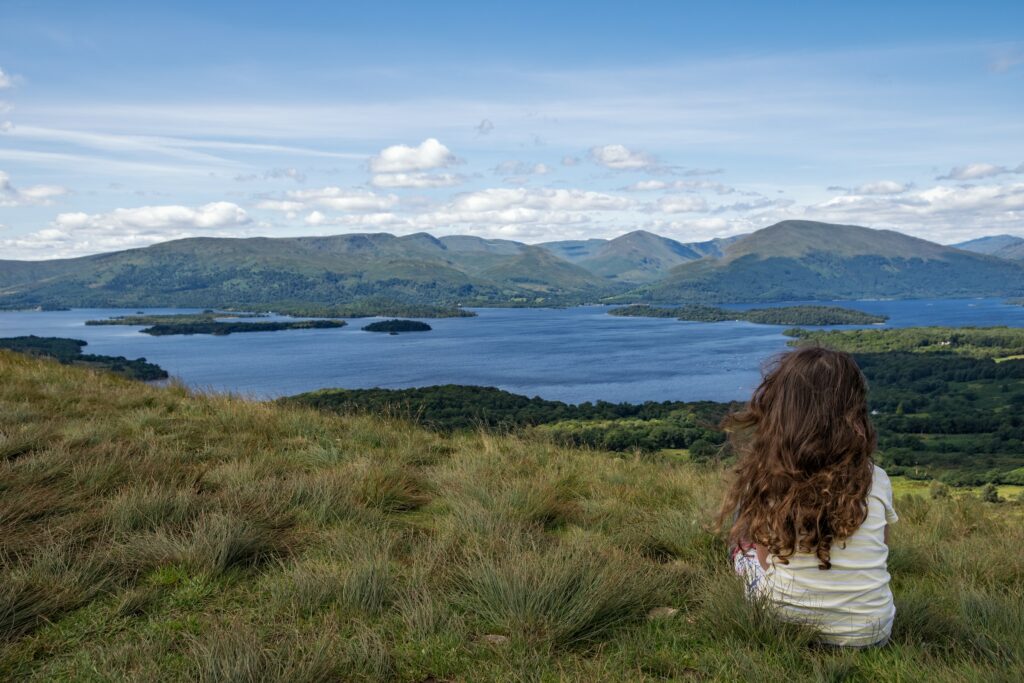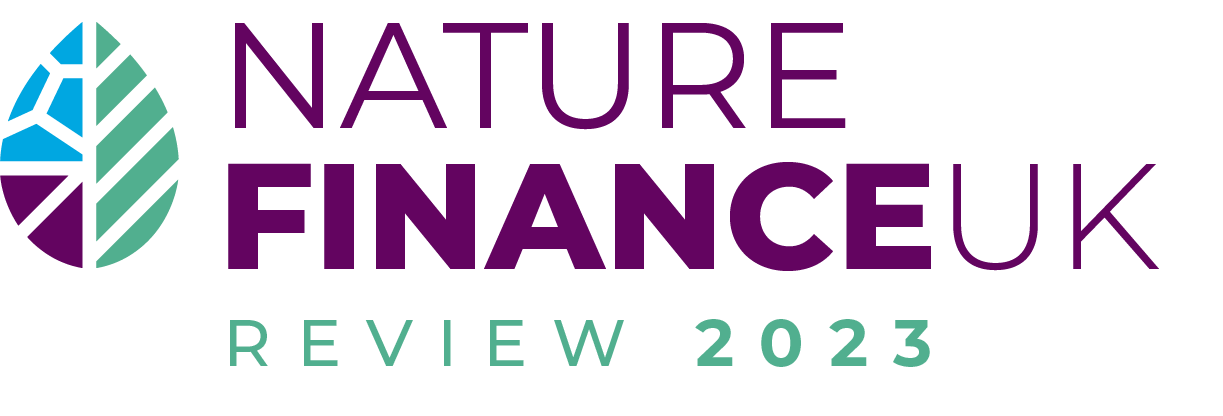Can private money go wild?
Rewilding Britain’s ‘Rewilding Finance’ report published today marks a major milestone in…
Learn what we're working towards, together
Supporting organisations, networks and initiatives
Get to know our team & board of trustees
In this window of opportunity for people and the planet, Emma Cooper, Head of Land Rights and Responsibilities at the Scottish Land Commission, explores how nature-borne benefits can be won and shared.
Scottish targets for nature and climate are ambitious and bring a new set of demands for how we own, use and manage land. Addressing the twin nature and climate crises in Scotland will require new types and levels of finance to be invested in our land and are already leading to significant land use change. These demands on our land, and the new types of land ownership and management that are emerging in response, will have a lasting and substantive impact on our ability to deliver nature-based outcomes and on our communities.
Pressure for corporations to offset carbon emissions and to fulfil ESG requirements has led to new players in the land market, increasing the demand for land, whilst supply remains static.
Changes in the way land is being owned and managed are driven – in part – by the types of finance available to purchase and manage land. Land prices increased ahead of inflation in 2021-22 (a 119% increase in prices for rural estates, for example) driven by the value of productive forestry and by corporate demand for offsetting, insetting and investment in carbon markets (see, here). Pressure for corporations to offset carbon emissions and to fulfil ESG requirements has led to new players in the land market, increasing the demand for land, whilst supply remains static.

There are some challenges in this to be managed. Firstly, an increase in the value of land excludes those with less wealth from participating in the land market, and potentially exacerbates – or at least does not support a move away from – Scotland’s concentrated pattern of landownership. Secondly, if the motivation for land management is driven by carbon sequestration, that land may not be managed with a holistic approach to nature-based outcomes, but rather a single-focus on carbon sequestration. Thirdly, new kinds of landowners – such as investment bodies and corporations – bring risks of absentee landownership and wealth extraction.
Alternatively, this interest and investment in Scotland’s land could be seen as a golden opportunity to achieve a just transition, where the wealth and benefits of land are shared equitably, and both people and nature are impacted positively. It brings an opportunity to invest in sustainable rural communities, bring new green jobs, support infrastructure improvements, provide climate adaptations, improve biodiversity, support nature recovery, and more. The question is, how do we do that and mitigate the risks?
The Scottish Land Rights and Responsibilities Statement (LRRS) provides a useful starting point. The LRRS was first published in 2017 and came from the Land Reform (Scotland) Act 2016. Scottish Government have a duty to review the LRRS every five years and it’s first revision – following stakeholder consultation – was concluded in 2022. It has a vision and seven principles which aim to encourage responsible land ownership, use and management within a human rights context.
We have used this definition of ‘responsible’ and applied it to investment in natural capital. Our subsequent Protocol on ‘Responsible natural capital and carbon management’ covers three main areas and sets realistic expectations that, if followed, will help to realise opportunities and manage risks.
There is no ‘one size fits all’ to community benefits in this context; maximising the benefits from land for all takes collaboration and innovation.
The first section focuses on community engagement and benefit. To enable a just transition and public support for land use change, communities need to be engaged in decisions that may impact on them, and they should share in the benefits and wealth that investment can bring. Aligned with this, decisions about land should recognise the multiple benefits land can bring and should seek to sustainably balance social, economic and environmental considerations over the long term.
It is important to work with communities in determining place-based approaches to delivering benefits that align with community needs and aspirations. There is no ‘one size fits all’ to community benefits in this context; maximising the benefits from land for all takes collaboration and innovation. It is possible to build community wealth and meet wider outcomes through investment in natural capital. Consider the impact of local service procurement, providing training and green jobs, delivering affordable housing and climate adaptations, and more – all of the things that land delivers to support sustainable communities can be part of restoring, creating and enhancing our natural capital. More detailed thinking on this is in our recently published discussion paper.
Collaborating with neighbouring landholdings…to ensure there is a consistent approach to delivering environmental benefits across landscapes can be helpful, and collaborating with public bodies, community groups, environmental organisations and others can support better holistic outcomes.
The second section in the Protocol challenges the need for investors to own land directly, and encourages consideration of alternative routes to investment that might deliver against wider outcomes. For example, an investor could support community ownership of land either by investing in an existing owner, or supporting a community purchase of land. Alternatively, consider opportunities for shared ownership or governance of land, that puts communities at the heart of decision-making.
The third and final section in the Protocol refers to environmental integrity. We should be seeking overall environmental and nature gains and ensuring one improvement activity does not have negative impacts elsewhere. We should seek to protect and enhance the natural capital we have, so understanding this should be a starting point, and ongoing monitoring is essential.
We need a coherent approach to enhancing, restoring and creating natural capital across landscapes and across landholdings. Collaborating with neighbouring landholdings, for example through deer management groups, to ensure there is a consistent approach to delivering environmental benefits across landscapes can be helpful, and collaborating with public bodies, community groups, environmental organisations and others can support better holistic outcomes.
Following these principles voluntarily is not always straightforward and decisions can be complex. Context is important. However, the Commission’s Protocols extend to all the principles in the LRRS, and we have found through our Good Practice Programme that they are achievable. As with the LRRS, the Protocols apply to all types of owners and managers of land and buildings – public, private, charity, faith, community etc – and are supported by industry membership organisations.
Finding a way – whether following our Protocol or using another approach – to ensure that we can maximise this incredible opportunity is essential in achieving a sustainable future for all our people and our planet.

Are you involved in managing land, water and nature in the UK?
Are you working to attract new forms of revenue and private finance?
With funding support from the Esmée Fairbairn Foundation, the Ecosystems Knowledge Network is launching an annual review of projects in the UK that are seeking revenue or investment finance from private sources. The aim is to help projects – and those wishing to support them – to understand the opportunities and challenges associated with generating revenue and utilising innovative finance for environmental restoration.
Take part in our survey
Emma’s work involves spearheading the Land Commission work to shape change on the ground to ensure more people benefit from Scotland’s land. She supports the practical implementation of the Scottish Government’s Land Rights and Responsibilities Statement. Emma is formerly CEO of Scottish Rural Action.
Create an account today to favourite content, recieve updates and join groups.
Already have an account? Sign in here